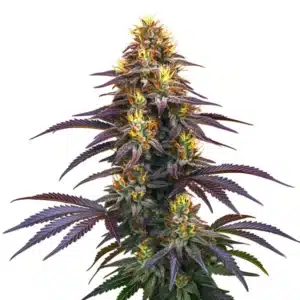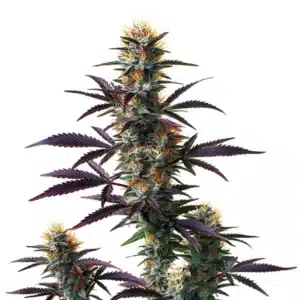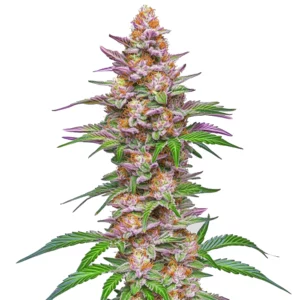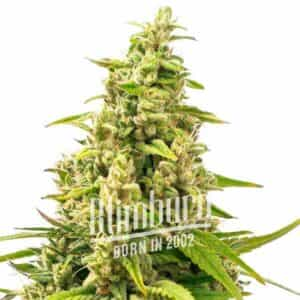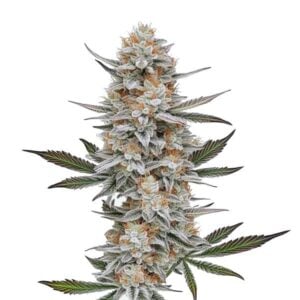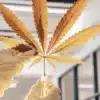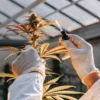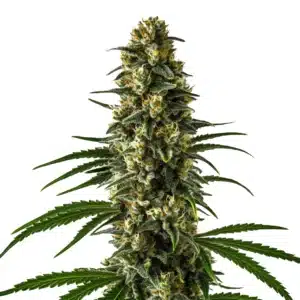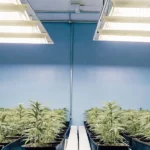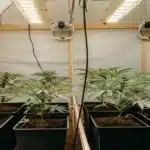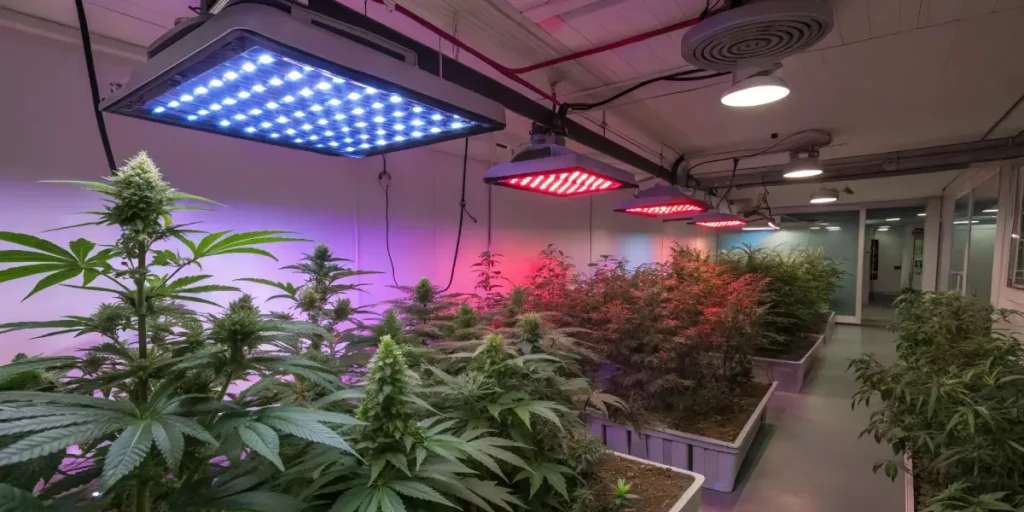
The Ultimate Guide to Selecting the Best Cannabis Grow Light
Choosing the best cannabis grow light can significantly impact the health and yield of cannabis plants. For both new growers and seasoned cultivators, knowing the various types of lights available is essential to achieving optimal growth and maximizing harvests.
Types of Grow Lights: Exploring Your Options
Grow lights come in different forms, each serving a unique purpose, similar to how different tools serve various roles in gardening. Learning about the main types available on the market can equip you to choose the best cannabis growing lights for your specific needs.
Recommended Strains
Black Domina
|
|
THC | 15% - 20% (Medium) |
|
|
Type | Feminized |
|
|
Yield | High |
|
|
Phenotype | 95% Indica / 5% Sativa |
Black Domina Auto
|
|
THC | 10% - 15% (Low) |
|
|
Type | Autoflowering |
|
|
Yield | Low |
|
|
Phenotype | 85% Indica / 15% Sativa |
- LED (Light Emitting Diodes): These lights are energy-efficient and long-lasting. They emit a spectrum specifically tailored for plant growth, making them a favorite among modern growers.
- CFL (Compact Fluorescent Lights): Affordable and easy to use, CFLs can work well for smaller grows or beginners. They offer flexibility and convenience.
- HID (High-Intensity Discharge): Including Metal Halide (MH) and High-Pressure Sodium (HPS) lights, these produce copious heat and light, making them ideal for larger setups where space allows for better heat management.
- Fluorescent Tubes: Often used for seedlings and during vegetative growth, these lights are less intense and can fit various setups, making them suitable for early stages of growth.
The type of grow light you choose plays a pivotal role in your plants’ growth cycles, from seedling to harvest. It’s essential to consider your specific growing circumstances, including space, budget, and energy consumption. Understand that each type has its strengths and may perform differently based on your unique environment.
Promos & Deals
Factors to Consider: Finding Your Ideal Light
When selecting a grow light, several key factors should guide your decision. Just like a chef chooses the right ingredients for a great dish, you should carefully assess your options:
- Light Spectrum: Plants require varying light spectrums during different growth stages. Blue light promotes vegetative growth, helping young plants thrive, while red light supports flowering, enhancing bud production.
- Energy Efficiency: Consider how much energy the light consumes versus the output it provides. LED lights typically have a superior energy-to-light output ratio, which can save you money in the long run.
- Heat Output: Some lights generate significant heat, which can be a challenge. Managing this heat is critical, particularly in confined spaces where temperature control is essential.
- Footprint: Assess how much space you have available. The grow light must provide adequate coverage for your plants without overcrowding your setup, ensuring each plant gets its fair share of light.
Taking the time to evaluate these factors will help you cultivate a successful growing environment. Neglecting these important considerations may lead to suboptimal growth and affect your overall yield. It’s worth investing time upfront to optimize results later.
Top Recommendations for Grow Lights: The Best of the Best
Here are a few highly regarded options for cannabis grow lights, each suited for different growing needs and styles:
- Spider Farmer SF Series LED: Known for its efficiency and great light coverage, this series is ideal for both novices and experts, providing a high-quality growing experience.
- Vivosun HPS/MH Grow Light System: A solid choice for those exploring HID lighting, offering excellent output and high-intensity light, perfect for larger growing areas.
- GE Ceramic Metal Halide Lamp: This lamp provides a spectrum beneficial for both vegetative and flowering stages, ensuring robust growth at every phase.
Selecting from these reputable brands can help ensure you get the best cannabis grow light that aligns with your growing goals. Each choice comes with unique benefits, catering to various setups, whether you’re nurturing a small home garden or managing a larger cultivation area. Don’t hesitate to research and choose a light that resonates with your individual style.
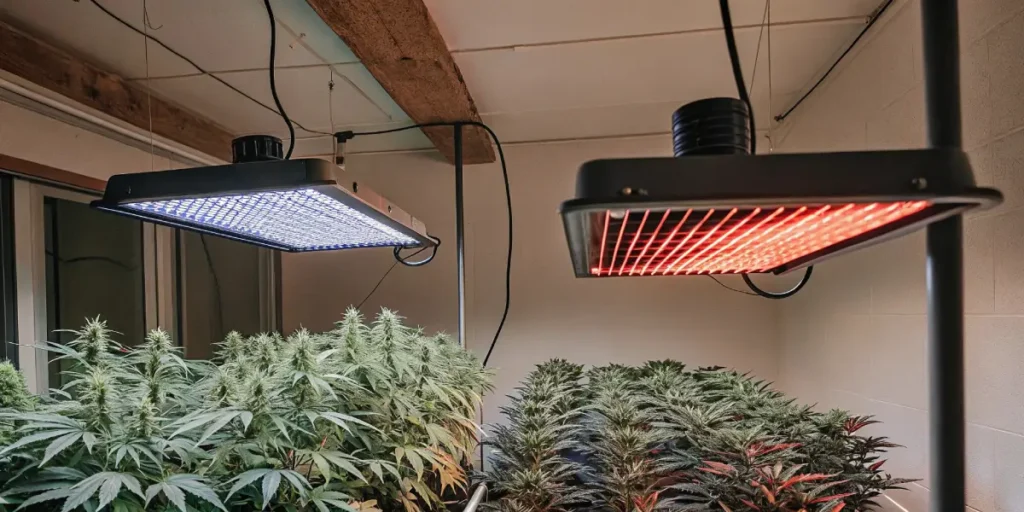
Common Challenges & Solutions: Overcoming Obstacles
Every grower faces challenges, especially when it comes to lighting. Here are some issues frequently encountered alongside practical solutions to overcome them:
- Too Much Heat: If using HID lights, consider implementing a cooling hood to manage temperature or switch to LEDs, which produce significantly less heat.
- Insufficient Light: If you notice your plants stretching towards the light, it’s an indication they may not be getting enough. Adjust by bringing lights closer or increasing the wattage if necessary.
- Burnt Leaves: This usually means the light is positioned too close to the plants. Allow some space between the light source and the plants to prevent this damage and ensure healthy growth.
Addressing these challenges with proactive solutions will help create a thriving environment for your cannabis plants. Regular monitoring and assessment of your setup allow you to catch issues before they escalate into larger problems, ensuring optimal outcomes.
Growing Techniques to Maximize Light Efficiency: Cultivating Success
Utilizing certain techniques can help you maximize the efficiency of your grow lights, ultimately improving your yield. Imagine each technique as a tool in your gardening toolbox:
- Low-Stress Training (LST): This technique involves bending stems gently to promote bushier plants that can capture more light, leading to healthier growth.
- Screen of Green (ScrOG): A method of placing a mesh screen over the plants, allowing for even light distribution across multiple tops, which can enhance yield significantly.
- Defoliation: Removing excess leaves can improve light penetration to the lower parts of the plant, ensuring that every bud gets the light it needs.
Applying these techniques can lead to a fuller canopy, increasing the potential for a bountiful harvest. Pairing these methods with the best cannabis grow light can further enhance growth and yield. Each method has its benefits, so experimenting to see what works best for your specific setup can be rewarding. Don’t hesitate to recalibrate your methods as you learn more about your plants’ needs.
Strains Perfect for Indoor Growing: Picking the Right Variety
When growing under artificial light, specific cannabis strains perform exceptionally well. Here are three excellent choices that thrive with adequate lighting:
- Girl Scout Cookies: A hybrid strain known for its rich flavor and strong yields when nurtured with proper lighting.
- Blue Dream: This strain is praised for its adaptability to various growing environments, making it a top choice for indoor growers.
- White Widow: A balanced strain that flourishes under intense light conditions, producing abundant flower clusters that are sure to impress.
Choosing the right strain can enhance your growing experience and increase your success. These options are popular among growers and exhibit robust growth, making them suitable for both novice and experienced cultivators. Remember, the joy of growing comes from experimenting and discovering what works best for you.
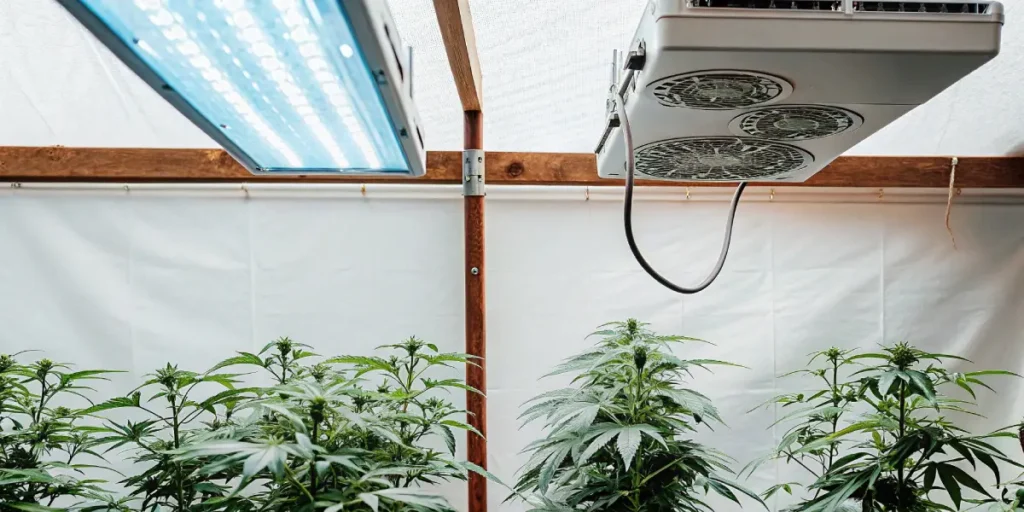
FAQs About best cannabis grow light
What is the best spectrum of light for cannabis growth?
The best spectrum depends on the growth stage of the plants. For vegetative growth, blue light is most effective. During the flowering stage, red light aids in bud formation. Choosing the best cannabis grow light with a full-spectrum output mimics natural sunlight, catering to all growth stages and promoting overall plant health.
How far should grow lights be from cannabis plants?
The distance will vary depending on the type of light used. LED lights can generally be placed about 12-24 inches away, while HID lights may need to be 24-36 inches away to prevent heat damage. Keep an eye on your plants and adjust based on their responses to ensure they thrive.
Can I use regular bulbs instead of grow lights?
Regular bulbs typically lack the necessary light spectrum for optimal plant growth. While they can provide some light, grow lights are specially designed to promote photosynthesis, leading to healthier plants and ultimately higher yields. It’s worth investing in dedicated grow lights for the best outcomes.
How often should I change my grow lights?
LED lights can last up to 50,000 hours, while HID lights may need to be replaced every 12-18 months due to a decline in intensity over time. Regularly check for decreased light output and replace as needed to maintain optimal growth conditions for your plants.
By keeping these tips and insights in mind, along with the right tools and techniques, you can enhance your cannabis growing experience. Whether you’re just starting or looking to refine your skills, selecting the right grow light will pave the way for a successful harvest. Enjoy the journey and happy growing!


